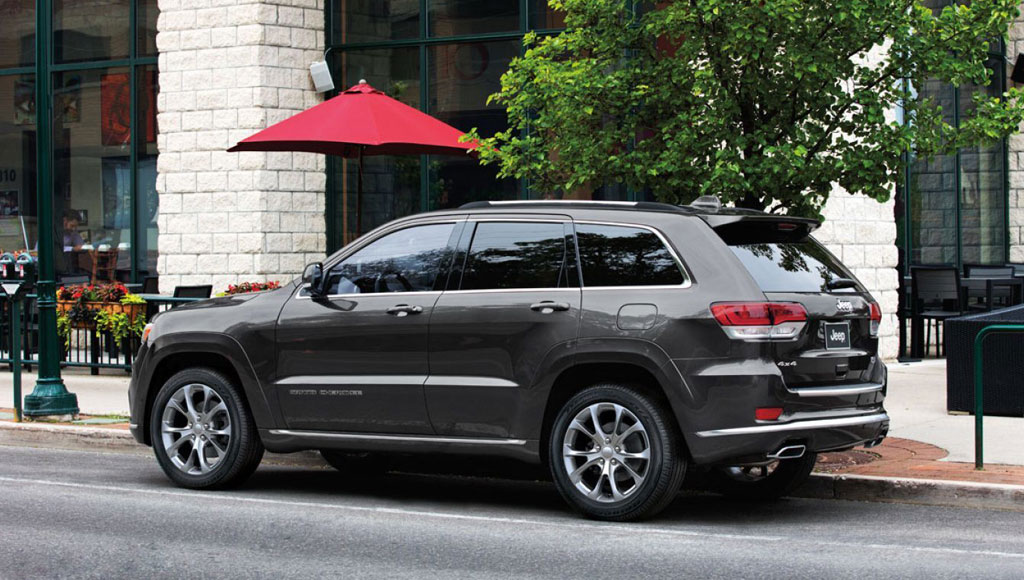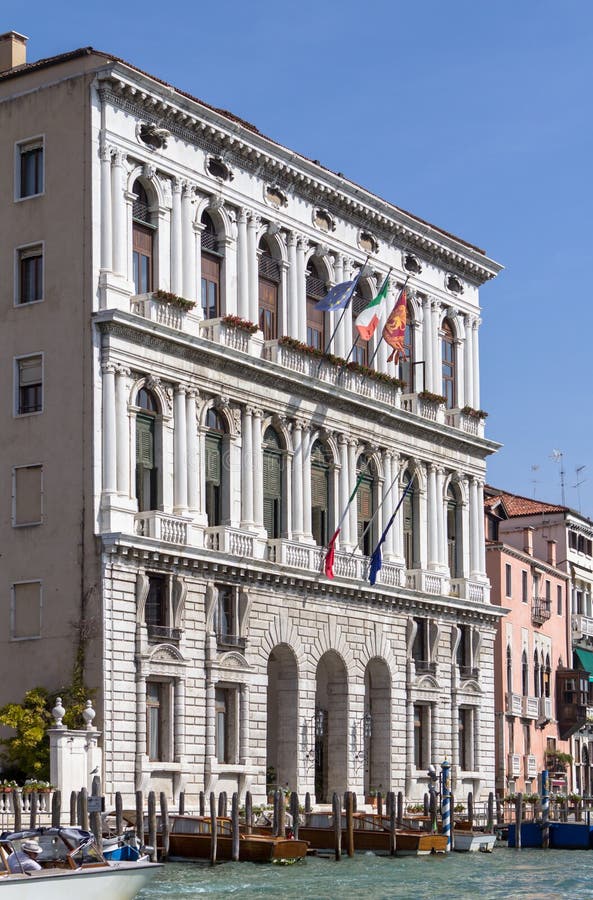
Like many of Ethiopia’s fine coffees, Bukeela ka Ethiopia benefits from a longer extraction time, which allows the complexity of its floral aromas in particular to fully unfold. Long extraction for maximum aromaīukeela ka Ethiopia was specifically developed as a Lungo, to be enjoyed in a 110 ml cup.

An unwashed Arabica blend from western Ethiopia is roasted darker and shorter to add body and wild, musky notes to the Bukeela ka Ethiopia Grand Cru. This is roasted longer and lighter for a complex floral bouquet reminiscent of jasmine, white lily, bergamot and orange blossom. The main component of Bukeela ka Ethiopia Grand Cru is from the Sidama region in southern Ethiopia, which is known for its elegant wet-processed Arabicas. Not only is the country widely held to be the origin of coffee it also enjoys a global reputation for its rich diversity of striking coffees that grow both cultivated and wild. Split-roasted blend from two distinct regionsįor this single-origin blend of handpicked Arabicas, Nespresso coffee experts looked to two distinct regions of Ethiopia. This pure Arabica blend has an exquisite floral aroma with wild notes of musk and wood. This is the first Pure Origin Grand Cru to be sourced from Africa, and it has been specially developed to reflect the essence of Ethiopian coffee. With Bukeela ka Ethiopia, the 22nd Grand Cru coffee in the permanent range, Nespresso turned to the birthplace of coffee, Ethiopia. No other Alfa Romeo has scored as many 'MM' victories as the 8C 2900.Sensory finesse from the cradle of coffee

After the two 8C 2900A victories in 19, another two victories were scored by the 8C 2900B in 19. Many of these were fitted with roadster bodies and were competed in road races like the Mille Miglia. To suit this purpose Alfa Romeo constructed a further 13 8C 2900B chassis fitted with the 220 bhp engine. Due to its high price, only a very few of these supercars were constructed (10 Lungo and 20 Corto chassis).īeing very similar to the competition 8C 2900A, it came as no surprise the 8C 2900B was used as a racer as well. With its competition chassis and high top speed it was faster and quicker than anything its competition had to offer. Most of these were sent to Touring to be fitted with Berlinetta, Spyder and Roadster bodies. Two versions were available, the 2800 mm short wheelbase (Corto) and 3000 mm long wheelbase (Lungo) versions. Dubbed 8C 2900B, the road car featured a de-tuned engine, but other than that is very similar to the racer. With the winning cars as a base, a road going customer version was constructed. A year later a second victory was scored. The new cars were immediately successful and occupied the first three places at the finish with the Brivio and Ongaro driven 8C on top. Three of these were entered in the 1936 running of the Mille Miglia. Installed in the chassis was a 220 bhp version of the 2.9 litre eight cylinder engine.Ī total of six of these road racers, later known as 8C 2900A, were constructed. Much like the contemporary Grand Prix racers, the 8C 2900 featured all-round independent suspension, with wishbones at the front and swing-axles at the rear. Designed specifically for Italy's most legendary road race, the Mille Miglia, was the 8C 2900. With the rise of the German Grand Prix teams, Alfa Romeo focused more of its attention on sportscar and road racing.

The P3 was unbeaten in 1933, but eventually succumbed to defeat by the greater budgets being spent by Mercedes-Benz and Auto Union. Tazio Nuvolari's brilliance was even more visible when driving the P3, the first single seater racer ever.
GRAND LUNGO DRIVERS
Run by Enzo Ferrari's Scuderia Ferrari, the Alfa Romeos were almost unbeatable.įrom its 1931 introduction, the 8C 2300 took four straight victories in the 24 Hours of Le Mans, driven by talented drivers like Tazio Nuvolari and Luigi Chinetti. One of the best known racing cars powered by the 8 cylinder engine was the Tipo B or P3 of 1932, which is to date considered as one of the finest Grand Prix racers ever constructed. Aspiration was forced, through two Roots-Type Superchargers.Īlthough the engine increased in size throughout its career, its layout and auxiliaries remained very much similar to Jano's 1931 design.

On top of the two blocks an alloy head was installed, housing two camshafts. The engine was created by mounting two alloy blocks of four cylinders on a single crankcase. In its initial 1931 configuration, the engine displaced 2336 cc, it grew gradually to 2905 cc, primarily by increasing the stroke. First introduced in the 8C 2300, the Vittorio Jano designed eight cylinder engine scored at least one victory in every major race and championship.


 0 kommentar(er)
0 kommentar(er)
